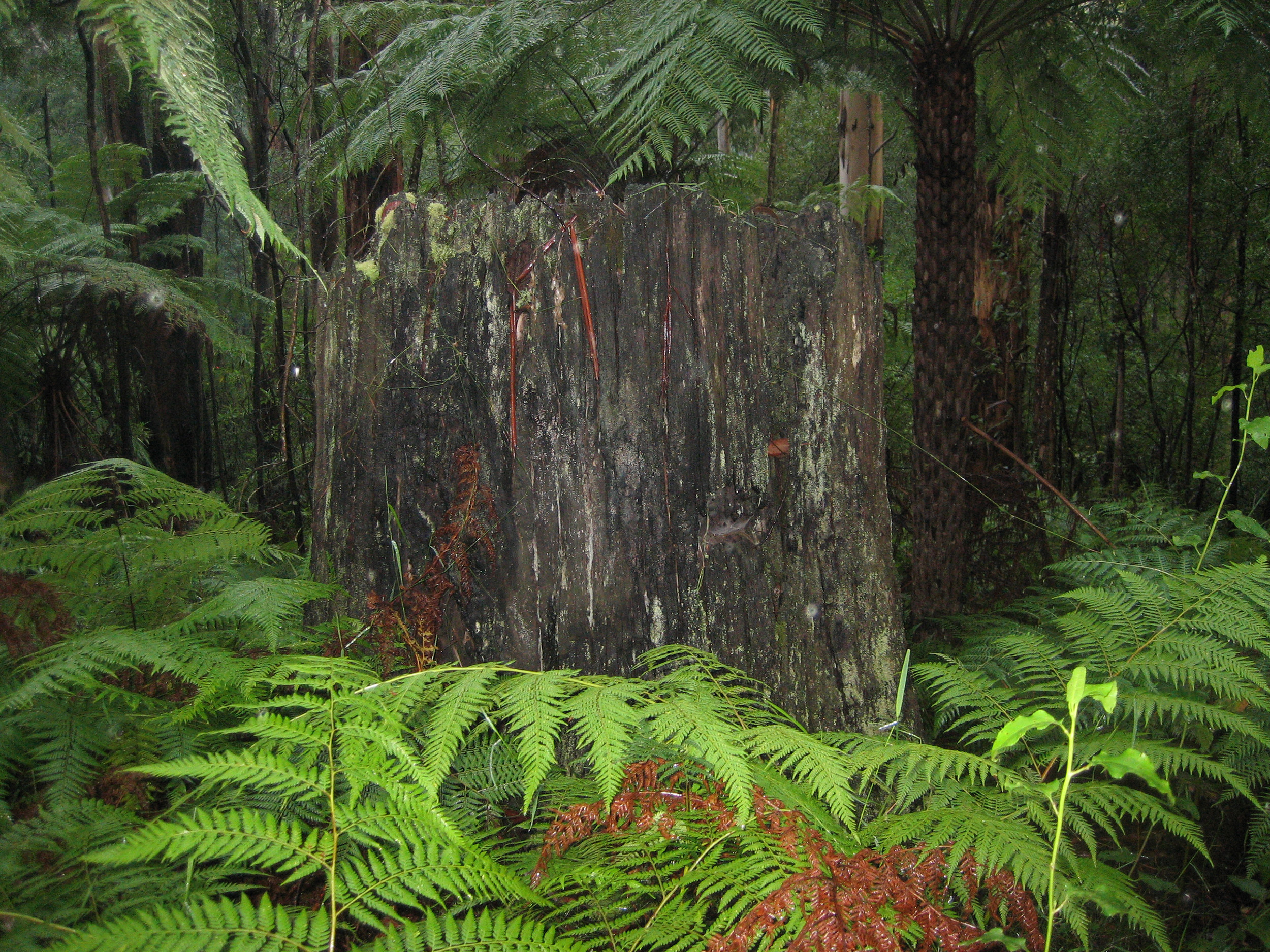A 25ha conservation covenant protects significant values on the property including rare Warm Temperate Rainforest and threatened Riparian and Limestone Box Forests and a range of threatened species such as Sooty Owl, Square-tailed Kite, Tree Goanna, Azure Kingfisher, Yellow-wood and Limestone Blue Wattle. The property also has more than 120 bird species.
The first thing the Murrells did when they purchased the property in 2002 was fence the biodiverse areas and establish the covenant. Weed control and revegetation have improved the biodiversity greatly but Sambar Deer have inhibited plant recruitment and damaged trees and shrubs in some areas, particularly in the rainforest and the wet gullies. Damage is caused by their browsing, pugging soil, antler rubbing and creating wallows.
A stand of rare Yellow-wood trees in the rainforest gully was being ringbarked and any natural regrowth recruitment was being eaten (deer are attracted to Yellow-wood because of its sweet, pungent smell).
After seeing the results of a fencing trial by Trust for Nature, the Department of Environment, Land, Water and Planning and the East Gippsland Rainforest Conservation Management Network the Murrells invested in fencing the Yellow-woods and it has been successful in stopping the ringbarking and saplings are now growing.
Peter said, “There are very few stands of Yellow-wood in East Gippsland that are not suffering the same fate. It was important to us to try and contribute to stopping another threatened species becoming extinct in the region. Unfortunately the deer damage is evident across the rest of the property and fencing all of the gullies is not practical or economical, plus it would prevent the movement of wildlife. I think fencing small areas is useful to protect a threatened plant but not to protect the entire habitat and forest. Deer control needs to be considered in conjunction with any exclusion fencing.”
